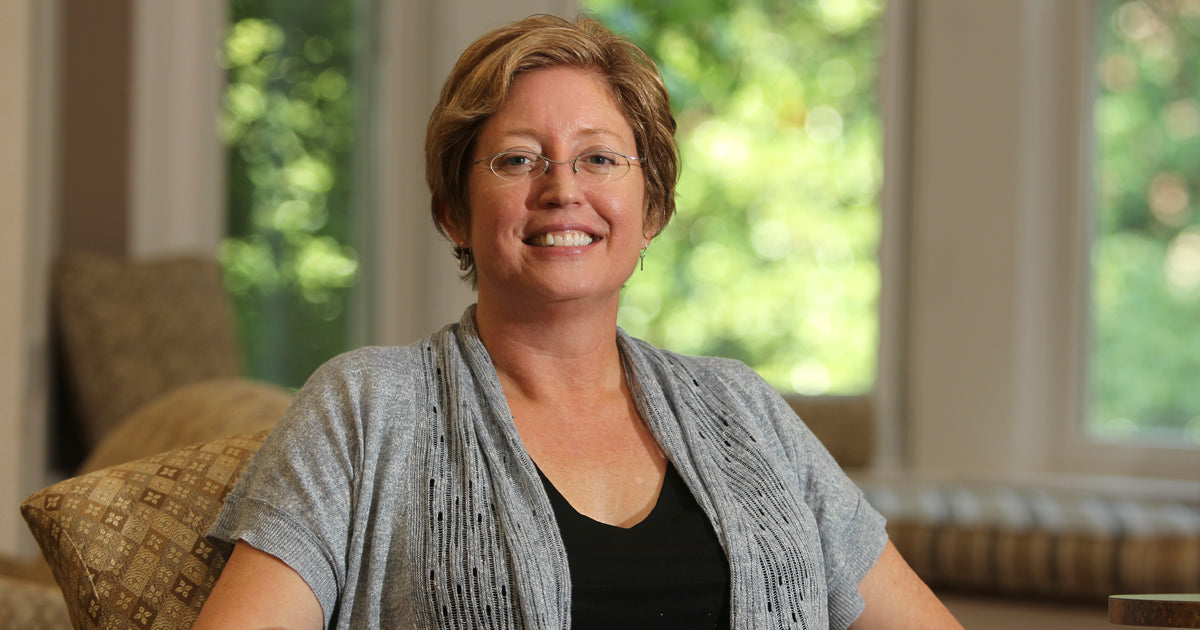The Annual Diabetes Technology Society (DTS) meeting was held this month. It brought together scientists, clinicians and technology developers to discuss and facilitate new technologies to help people with diabetes. Dr. Shelagh Mulvaney was on a particular panel discussion about the “Use of Mobile Apps to Increase Adherence.”
Dr. Mulvaney is an Associate Professor of Nursing, Pediatrics, and Biomedical Informatics at Vanderbilt University. She uses behavioral science in the design of mobile and web applications to help teens with type 1 diabetes problem solve. She's an expert in using mobile technology to assess behavior and improve self-care and outcomes among people with and affected by diabetes. In our interview, Dr. Mulvaney explained the importance of mobile health, her research findings, the need to bridge the behavioral science/tech gap and the potential progress that could be made.
What surprised you at the DTS meeting?
Behavioral science has a big place at the table. For instance, behavior was discussed in many sessions at this tech-heavy meeting! Health behavior experts have a lot to offer. What we bring may not be fully integrated into technologies, so we need to close that gap.How do we close the tech and behavioral science gap?
Behavioral scientists must focus on what's translatable and relevant. Get to the point and show industry how what we're doing can help. Measurement is the biggest frustration on both sides, especially when talking about complex behaviors. Conversations are a great compliment to sharing in academic journals, which can be limited to a certain audience. Productive conversations can focus on how to measure behavior accurately, feasibly, and meaningfully, and make abstract concepts (like stress, mood and quality of life) concrete by showing how these things relate to outcomes, and, by how much.At the DTS meeting, you were on a mobile health panel and shared some of your work. Tell us about that.
We had teens with type 1 diabetes use a mobile app with a bluetooth meter or just a bluetooth meter. The app measures context, location, stress, energy, mood, and other psychosocial factors. It then relates those factors to blood glucose excursions, missed blood glucose checks and boluses. It does all of this in real-time. We asked teens to enter app data four times a day. The app then displays data trends through graphical feedback, putting all of this information together in a coherent way so users can make causal inferences about their data patterns.What did you find?
Fatigue was associated with missing insulin boluses. Teens also told us viewing their data was surprising. It gave them new insights and created awareness. We're banking on a bit of this curiosity as a catalyst for viewing feedback. We will then integrate that feedback into a problem solving support system.What was discussed at the mobile health panel?
Somebody asked if apps work. It's not the right question to be asking ourselves. You don't ask if the field of medicine works. Why would you ask if apps (as a category of treatment) work? It's more complicated than that. To get at this answer, we need to measure meaningfully, evaluate rigorously and share what we know.How should behavioral scientists and diabetes tech teams come together?
Let behavioral science contribute and collaborate with designing systems that actually get used, and see the fruits of our labor integrated into practice more frequently. We don't just want to help people in our research studies, we want to help people more quickly and more broadly.
User engagement is a huge part of all this. At the meeting, we demonstrated the varying levels of user engagement by showing multiple app engagement profiles. We had teens who were power users with a gradual decline, teens who were variable users, and others who rarely ever used the app. This is market segmentation because one size doesn't fit all. We have to be adaptive, we can't engage with everyone. Engagement is a shared challenge in the scientific community and commercial community -- it's ripe for collaboration.With people like Dr. Mulvaney paving the way, bridging the behavioral science and tech gap is possible, probable and likely to happen soon. Behavioral science and tech collaborations could revolutionize what's available for people with diabetes. We're all about that agenda!




